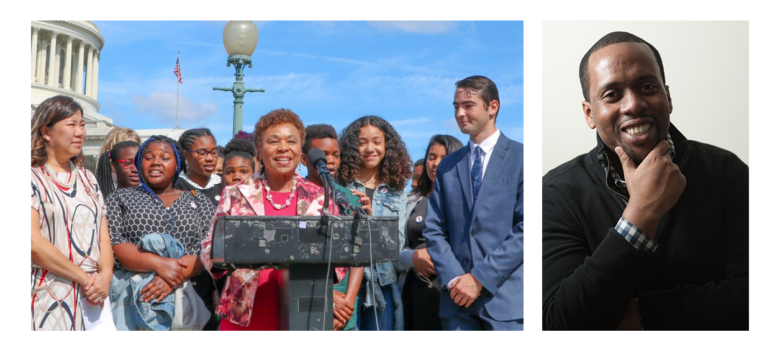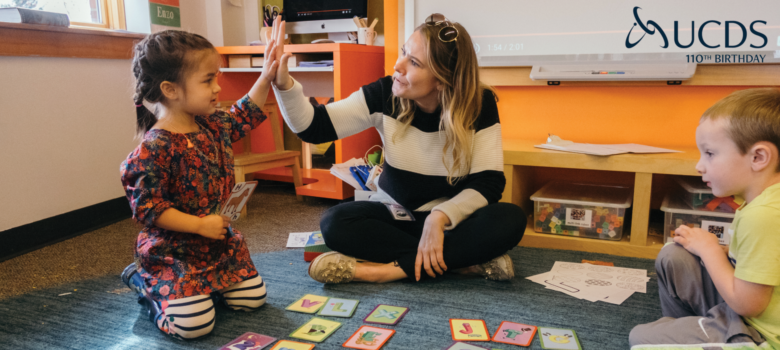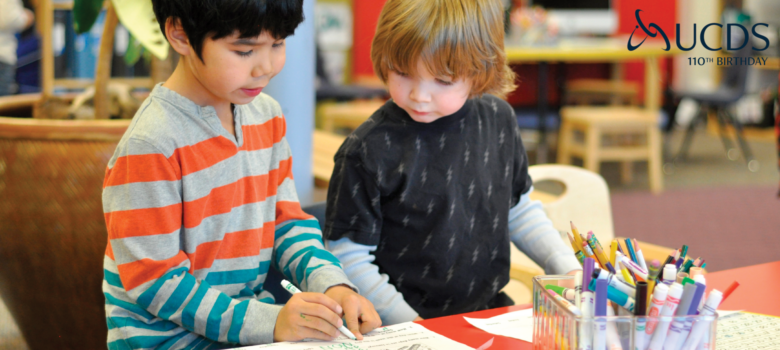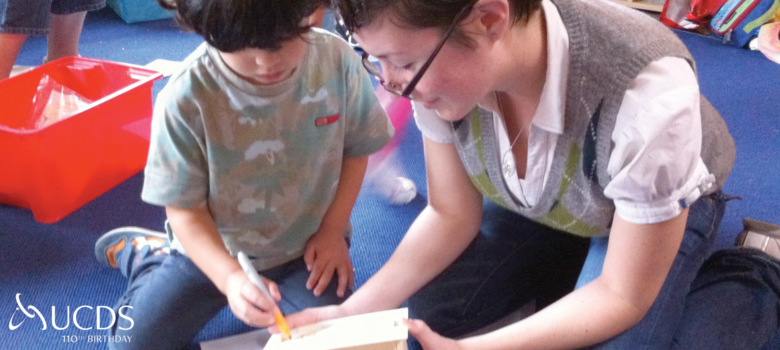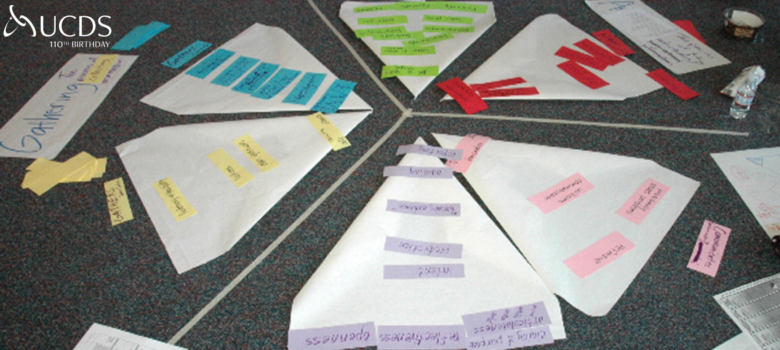By Eric Conte, 1-2 Teacher
The Why behind Class Clowns – Jose Vilson
One of the trickiest parts of being new at a school and/or being a young educator is how to deal with disruptive behavior. Sometimes it’s a kid throwing something across the room or a kid dancing in the middle of a class-meeting. Other times I am impressed by the creative ways they find to be disruptive. It can be quite impressive (I have to give them credit.) Are these kids troublemakers and class clowns? Of course not, it’d be shallow to think that. The root cause of behaviors is always deeper than what’s on the surface.
Jose Vilson’s (a middle school teacher at an inner-city school in NYC) blog touched on a lot of reasons why middle schoolers act out and disrupt the class at times. The reasons behind behaviors for elementary school kids are usually different. Not to state the obvious, but kids do what they do for a reason! As a teacher, you have to put on that detective hat to find out the why behind the actions. Throughout my first couple of years working with this age I have discovered that there are a handful of telltale explanations. Kids are: hungry, sick, didn’t sleep well, something changed in their daily lives/schedules, dehydrated, something is hard, or they are uncomfortable! Almost every single time a student acts out of the ordinary for their behavior, one of these reasons is behind it. When I have a one on one with a kid, I casually run through this list of questions long before we even address whatever behavior has made that discussion happen. You wouldn’t believe the amount of times a kid is acting abnormal, then you send them to the office to get their temperature checked, and bam! Fever! Finding that why makes all the difference.
Mr. Vilson’s blog also touches on how he handles situations where a student isn’t being their best self, before he even finds that why. He always gives a couple of reminders and opportunities to correct whatever behavior has become distracting or disruptive before he steps out into the hallway with his student for a chat. He likes to nip the behavior in the bud, “The time spent with one student for three minutes probably saved me another 15 minutes with the whole class trying to sort through the eventual escalation.” Once in the hallway, he lets the kids have the first word, “OK, you first. How you feeling, you good?” or “What’s up today? How are we doing?” What Mr. Vilson is doing here is not only creating a relationship, but creating one in a generous, patient, and accommodating way. He understands there is something deeper than what he is seeing. Being in the hallway also allows both him and the student to be more open and also slow down, to think clearer. Mr. Vilson knows classroom management is about relationships” but also, “being mindful of how we build the relationships and the soul we put in behind these impositions is critical.” The relationship you create with your student determines the heights you can end up pushing them!
I try and embody what Mr. Vilson is talking about in this blog. I strive to create relationships past what assignments and work kids do. I ask about families, hobbies, sports, etc. I’ve always found that the more you know about a kid the more clout you carry when times get hard for a kid academically or socially. They trust you more, which then allows you to help, support, problem solve quicker.. The better you know each kid, the quicker you are to identify and understand that abnormal or disruptive behavior has a why behind it.
Climate Education
“In May of 2016, the school board in Portland, Oregon, passed what is believed to be the first comprehensive climate education resolution in the country. It called for climate justice curriculum, increased professional development, support for student activism, and for the school district to abandon the use of text materials that deny the human roots of the climate crisis or minimize its effects.” – Bill Bigelow
Climate education feels like something that should’ve been taught starting a long time ago, yet it is still not a priority of almost any school in the United States. I understand that climate change and/or global warming is and will be a political agenda item for years to come. A climate education doesn’t necessarily need to dive deep into the political and social issue of climate change. If schools and educators want to take it there, all the power to them. For the more conserivitve schools and areas of the country, if you put the politics aside, there is still a gigantic amount of learning that can be done about people’s everyday impact on the environment.
This climate education resolution in Portland, Oregon not only shows it is necessary, but also possible to teach children about their own impact on the world around them. The goal is to help raise people who understand how and why their actions affect the environment. With that, they also learn how they can help reduce the harsh influences what they do. A generation of people could be raised understanding how to recycle, commute more efficiently, use less water, etc. Nothing in that feels political, just self-aware and conscious of resources and waste.
At UCDS, last year, many levels spent time focusing on these very things. Classes practiced sorting trash and recycle, watched videos about ecosystems changing/dying, and talking about energy. Do our students still make mistakes when it comes to things like recycling? Yes, of course, but they are growing their understanding and practicing. By the time they leave UCDS I can confidently say that they are aware of why it’s important to protect the environment and specific ways they can help minimize their effects on it through their own everyday actions.

